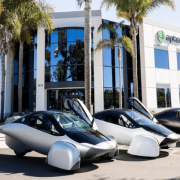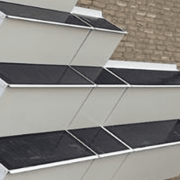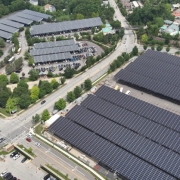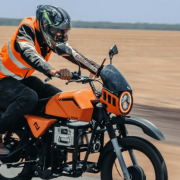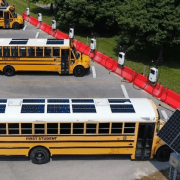Aperta Motors, a startup in Carlsbad, California, has run a low-speed demonstration of its solar electric vehicle using production-intent components.
Aptera said its lightweight, aerodynamic vehicle, which is integrated with solar cells, is designed for daily driving without needing to charge. It said the vehicle will provide up to 40 miles of free, solar-powered driving per day.
The company has sold nearly 50,000 reservations for Aptera’s Launch Edition vehicle, which supports a 400-mile range and is equipped with 700 W of solar cells. Aptera said the solar cells onboard enable grid-free electricity generation for up to 40 miles of additional range per day. The company targets a full-scale production vehicle with a range of 1,000 miles.
Click here to read the full article
Source: PV Magazine
—
If you have any questions or thoughts about the topic, feel free to contact us here or leave a comment below.

